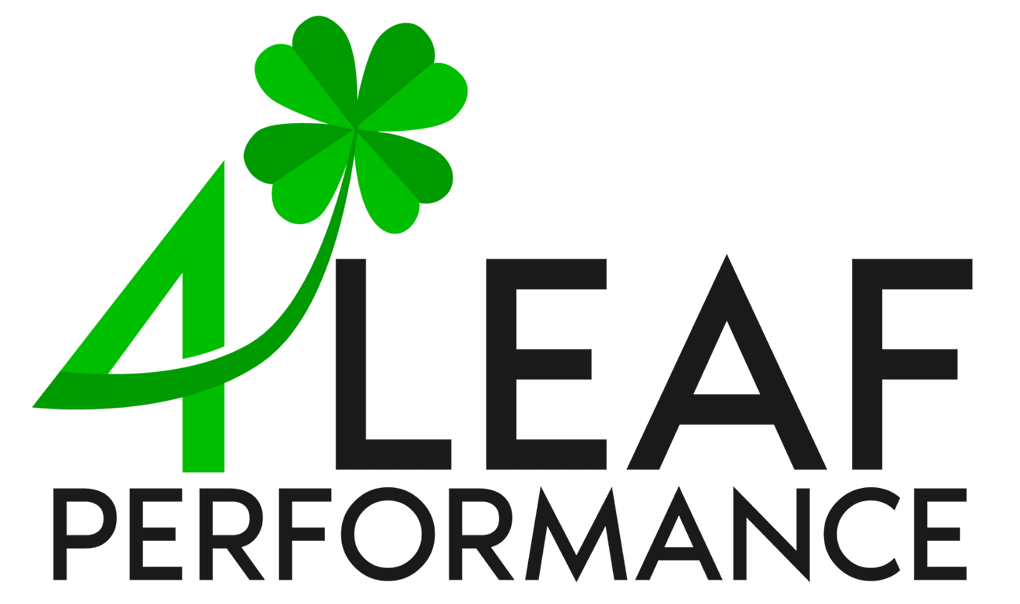Pricing products can make or break your business. Charge too much and you may deter potential customers; price too low and you risk dwindling profits. Achieving the perfect balance between value representation and customer expectations is crucial for maximizing revenue and maintaining a healthy bottom line. 4 Leaf Performance offers a five-step guide to help you make informed pricing decisions for your business.

1. Know Your Costs Inside and Out
The fundamental step in pricing any product is to have a comprehensive understanding of your costs. This means you should be keenly aware of your operating expenses (OpEx) and budget allocations. Break down all the direct costs involved in product production, including raw materials, manufacturing, labor, and overhead. Additionally, keep tabs on indirect costs such as marketing, sales, and administrative expenses. A thorough understanding of these figures will establish a baseline, helping you determine the minimum price that will keep your business profitable.
2. Conduct In-Depth Market Research
Market research is invaluable when it comes to setting your product’s price. This goes beyond simply looking at what your competitors are charging. Immerse yourself in the marketplace by analyzing customer behavior, identifying pricing trends, and evaluating the features, quality, and customer service associated with similar products. An advanced tip here is to perform “funnel hacking” on your closest competitors—experience their sales process firsthand to understand their positioning, messaging, and selling tactics, and identify ways to outperform them. This insight will be instrumental in deciding where your product fits within the market landscape.
3. Craft a Compelling Value Proposition

Your value proposition should focus on the transformation your product offers, rather than just its features and benefits. What does your product enable customers to do that they couldn’t before? How does it solve a problem or meet a need? Understanding the value your product adds to customers’ lives is crucial for pricing it appropriately. Additionally, be sure your messaging aligns with the product’s position in the market. Whether you’re offering a budget-friendly option or a premium product, your communication should reflect that.
4. Evaluate Product Pricing Strategies
There are various strategies for pricing products to consider, such as cost-plus pricing, value-based pricing, penetration pricing, and premium pricing. Each approach comes with its own set of advantages and limitations, so it’s crucial to choose a strategy that aligns with your business goals and target audience. Assess factors like market demand, price elasticity, and the perceived value of your product to make an informed decision. Feel free to reach out to 4 Leaf Performance for personalized consultation on selecting the right pricing strategy for your business.
5. Continuously Test and Measure
Pricing should be dynamic, subject to regular evaluation and modification based on ongoing market trends, customer feedback, and your business objectives. Keep tabs on key performance indicators such as sales data, customer satisfaction levels, and market shifts to identify opportunities for optimization. Be prepared to make adjustments as necessary to maintain competitive and profitable pricing.

Ready to Boost Your Business Profitability?
Effective product pricing is an ongoing, dynamic process that demands attention and expertise. By understanding your costs, researching the market, defining your value proposition, evaluating pricing strategies, and continuously monitoring performance, you set the stage for achieving revenue maximization and sustainable profitability.
The journey to accurate product pricing can be complex. Why not leverage the expertise of professionals? 4 Leaf Performance’s business coaching services have empowered numerous businesses to maximize their profits through informed pricing strategies. Don’t leave money on the table—partner with us today!
Want to read up on more business strategy-related blogs? You might like this: Fueling Business Growth Strategies Through Effective Questioning.



